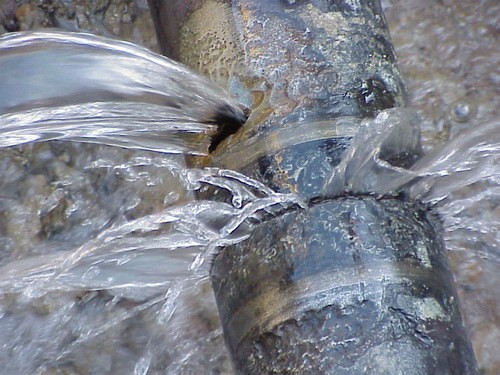Chasing the leaks

In France, every year, 1 litre out of 5 is lost through leaks. This represents 937 million m3 of drinking water, the equivalent of the annual consumption of about 18 million inhabitants, which is not billed. With an average water price of €3.5, this represents nearly €3.3 billion in annual losses for operators.
Despite this alarming fact, a discourse persists that consists in saying that water from leaks is not lost, since it returns to the natural environment. This is not false, but there are certain considerations to be taken into account in this situation.
As Marillys Macé (Director General of the Centre d’Information sur l’Eau) points out in an interview with Le Figaro, “the problem is that it is unavailable for a certain period of time, especially at times when it is needed, like now. To illustrate the accentuation of this pressure on the resource, we can consider the situation of groundwater. Groundwater recharge is dependent on autumn and winter rainfall, when vegetation is less dense and allows good infiltration of water into the aquifers. Since then, there has been a succession of dry years or rainfall concentrated in the spring and summer periods. The vegetation that develops during these periods takes up large quantities of water on its own, which no longer allows the groundwater to be recharged. In addition, the high temperatures in spring and autumn allow vegetation to develop earlier and remain later. This further increases evapotranspiration (the process by which liquid water is returned to the surrounding atmosphere in gaseous form) within the large water cycle. As a result, the effective recharge time for groundwater, previously five to six months, is now only two to three months, reducing the amount of water infiltrated by 15 to 25% depending on the year.
Expenditure on the potabilisation of this resource is lost, with a potential risk of chlorinated water being discharged into the natural environment. In addition, leaking water pipes can also allow potentially dangerous contaminants to enter our drinking water. The pressure in water mains usually forces water out through the leaks, preventing anything else from seeping in. But when there is a significant pressure drop in a damaged section of pipe, the water around the pipe can be sucked through the hole. This results in dirty, contaminated water being drawn into the taps. This contaminated water can lead to stomach upsets and other health problems.
To counteract these risks, the main action is to renew the pipes. With an annual renewal rate of 0.61% according to the latest FP2E (Fédération Professionnelle des Entreprises de l’Eau)/BIPE (Bureau d’Information et de Précisions Économiques) report, more than a century would be needed to renovate the 850,000 km of French drinking water network. With a 9% drop in the revenues of the Water Agencies planned for the period 2019-2024, compared to that of 2013-2018, the financing of these works is still complex. This is particularly true for small services in rural areas, which often need to make the greatest effort to improve their performance.
Action by all will be needed to meet this global challenge, which is exacerbated by climate change. However, larger-scale funding of innovative water projects could be a powerful lever to facilitate sustainable management of this precious resource.
*** Translated with www.DeepL.com/Translator (free version) ***

